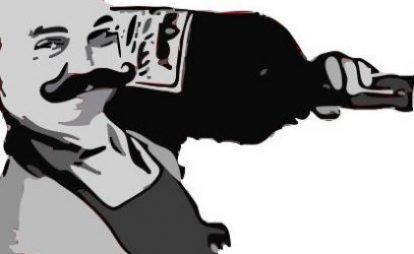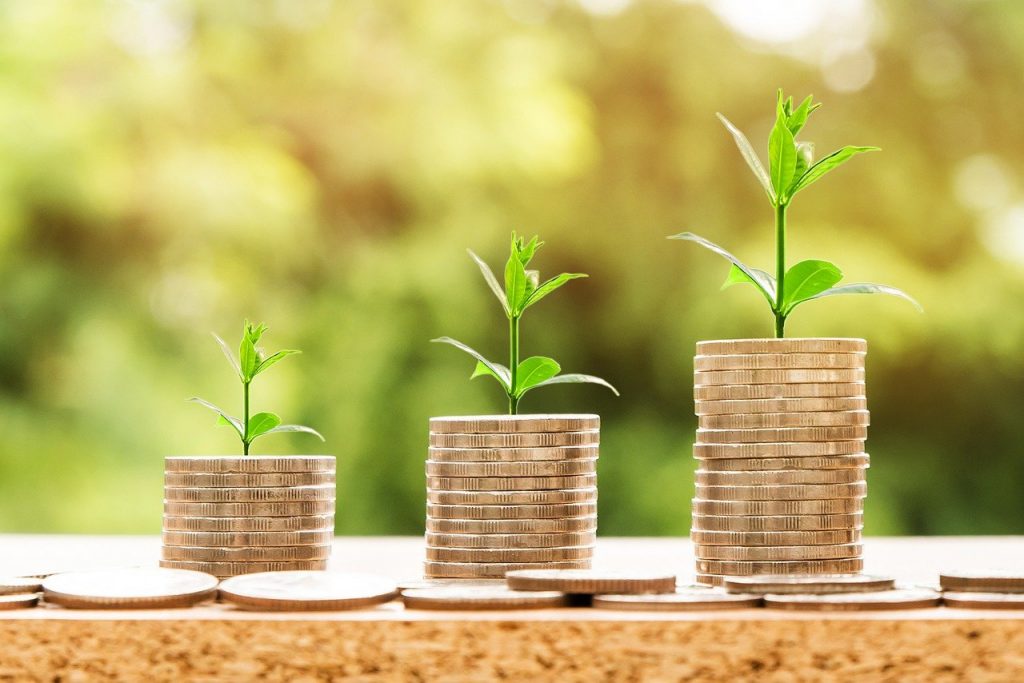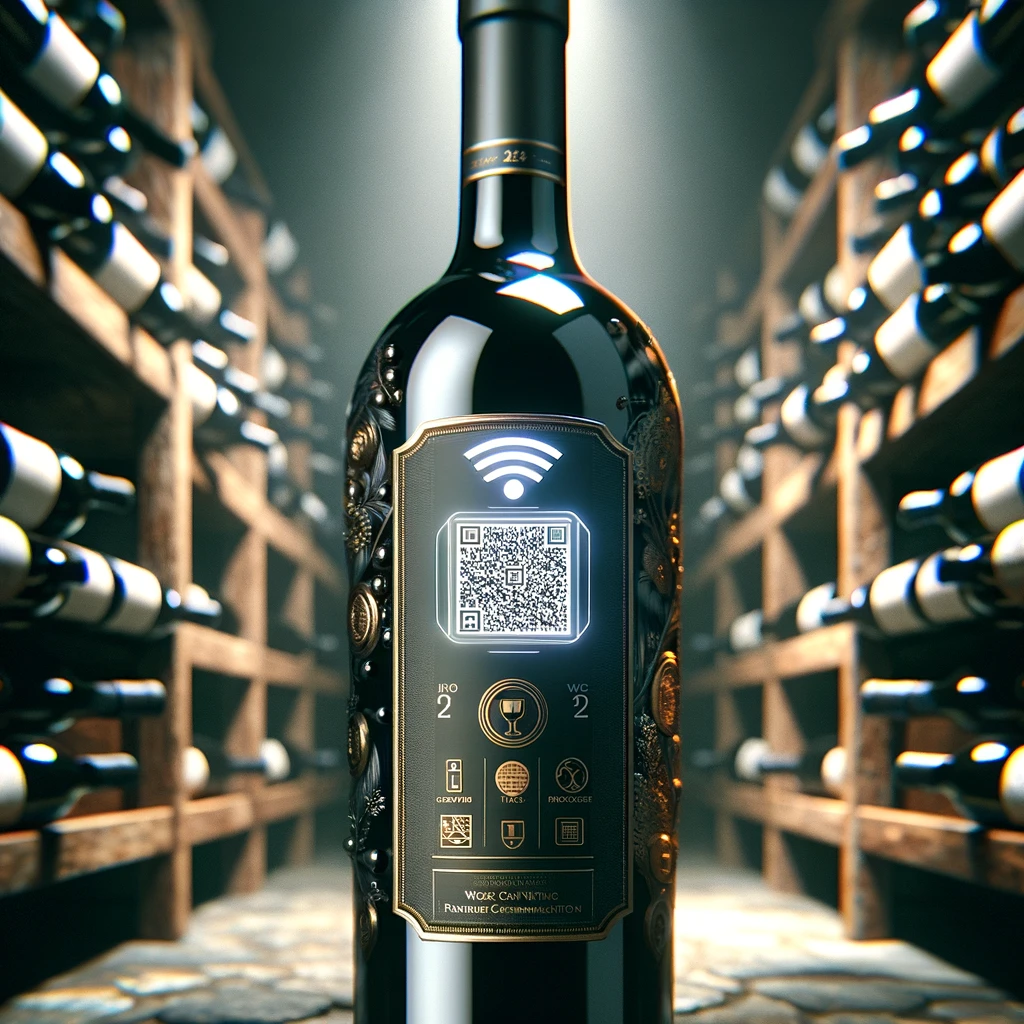There can be no doubt that summer is over and autumn has arrived to claim its rightful place. While temperatures have dropped significantly, the splendid sun still makes for wonderful weather. Harvest is in its final stages and things will slow down soon, but not in the world of wine where every season comes with a myriad of tasks and never-ending supply of news. Which, as always, we will cover in the latest edition of the JollyCellarMaster Weekly:
Wine Funds, from Red to White, Non-EU Chardonnay
Keeping the cake or eating it
There can’t be any doubt that currently there is a lot of keeping the cake rather than eating it when it comes to fine wines of investment grade. What I mean by that statement is that we have seen prices…
Second wines of renowned Bordeaux chateaux sell at a cost that makes you weep. Or makes most weep as we are priced out of the joy of experiencing the content of such bottles.
We discussed this problem before and it appears to be unaffected by the changing tides of markets. Less than a year ago we noted the rapid rise in value of second wines from leading Bordeaux estates over the last decade or two. We cited that, for instance, a case of the 2020 vintage of the Carruades de Lafite has been released at more than £2,100 or close to €2,500. That is still considerably less than you would have to cough up for the first wine of Chateau Lafite Rothschild, which would set you back at least €600 en primeur. Naturally, we asked ourselves whether this presented fair value for a second growth, but did not shy from data to test our conclusion. We found that Liv-ex’s Second Wine 50 index tracks some of the second wines of prestigious Chateaux and shows a rise in value by 56% over the past five years or a whopping 805% since 2003. The value of these second wines for a consumer is explained as being a more affordable ‘entry point’ as prices for the grands vins continue to rise.
A new year came and with it a general market downturn for well-known reasons. Yet, we were told that the fine wine segment weathered the storm nicely and outperformed other asset classes. The narrative slightly changed over time and the tone got only ever so slightly a touch darker. Still, while there have been suggestions that price momentum on the secondary market could cool, British merchants have reported strong buyer demand this year and the sector is known for resilience to economic uncertainty.
Regardless of such statement, an article in Winespectator recently insisted that wine investment funds are having a moment again. Acknowledging the disaster during the last wave of wine investments before the Chinese market turned sour, a new group with differing methods project a common message: It’s smart to augment your traditional portfolio of stocks and bonds with an alternative investment in ageworthy wine. I only repeat these claims, which does not mean I support them, in case you were wondering. Instead, I’d like to reiterate that I don’t give investment advice.
The article described in detail the workings of three fund examples and there is no point in reproducing these here, but help yourself and head over if you want to know more. Instead, and in lieu of my own view on wine investments, I would like to reproduce a statement from the article made by Rob McMillan, founder of the Wine Division at Silicon Valley Bank as he has a good point: “I do get the investment side of wine. And I know people will say that certain wine prices have gone up more than, say, Apple stock. Personally, I just look at wine as what I drink with friends.” I’ll drink to that!
Those Bureaucrats in Brussels
I’ve just got back from another trip to the Rheingau and it was a relief to see that the water levels of the Rhine have returned to a somewhat more normal amount. Yet, comparatively little water has flown down the river since we talked in this place about the dispute surrounding the use of the name of the grape variety Vermentino.
There are almost always at least two sides to a story, but since EU bashing is so popular, it didn’t take long until a more opinionated take on this story came out courtesy of the wine-searcher. It has some very good points since there has to be a limit to what should be protected and what not. I.e., it’s okay to forbid farmers outside Champagne to label their sparkling wines as such, but does this extend to “no Malbec in Argentina, no Pinot Noir in New Zealand, no Chenin Blanc in South Africa and no Cabernet Sauvignon in Napa“ as the authors puts it since they were already in use elsewhere? I believe that is oversimplifying things a little bit and would rather see an honest discussion where the boundaries of the use of Vermentino could be. In fact, the article touched upon one of the key arguments that is the difference between the origin of Vermentino in Italy itself. Then the discussion returns to the mastery of national and European bureaucrats that abuse the laws to protect their property. Yes, the story of Prosecco and the renaming of a grape variety is a little absurd, mainly because the place of namesake isn’t exactly in the traditional heart land of the region, but what does this in turn mean. That the protection of traditions, culture and by extension intellectual property isn’t worth protecting. The Italians have been on the receiving end of such disputes themselves – read the case of Tokai from Friuli – and rightly so. What makes it all the more one-sided and as such biased is disregarding the fact that there may be a valid reason for such laws, even if they are than subject of legal disputes like the one in question. Otherwise, anyone could name their products Champagne – whether it is sparkling wine, made in the traditional way, or from anywhere around the world. What I’m trying to say here is that I believe it to be at the very least confusing for a consumer to give a product that relates to its origin even if it isn’t and it wouldn’t be entirely out of the question to accuse someone doing so of free riding, isn’t it.
It certainly is one of those topics you could easily argue about for quite some time, I suppose, and I’d love to hear your opinion, so please join the conversation on Twitter.
From Red to White
Currently, no small amount of my time is (or should be) dedicated to learning about the wines of the world for the second exam of my diploma studies, though it’s a topic that’s always interesting, at least in my limited view of things. When you prepare for this exam, you inevitably seem to encounter the statement sooner or later that given the significant changes of the world of wine over the past decade or two, it has now become slightly more complicated to master the subject. Back in the day, Old World tasted of Old World and New World of New World. There were considerably less countries and regions you needed to know and while you could say that this makes it only more interesting, it also makes it potentially more work. Take, for example, Gigondas in Southern France: known for its powerful Gigondas Rouge, which is to be made from a maximum 80% Grenache, a minimum 15% Syrah and/or Mourvedre, and a maximum 10% from the other Rhône varieties, minus Carignan. Then there is a little rosé but that’s more stuff of a side note and just a little fact you can score some extra points because you knew that that is where it ended for the AOC. Not anymore. At a national committee meeting held on Thursday 8th September, members of the Institut National de l’Origine et de la Qualité (INAO) voted unanimously to ratify the change to the appellation guidelines to allow white wines into AP Gigondas.
Hardly the end of the world and it will take time until it in practice becomes relevant. Gigondas will continue to be recognized for its GSMs, but I will have to squeeze another fact into my little brain. It’s such an unjust, unjust world, isn’t it?
—
Well, that’s all for today. However, if you have an interesting story to tell or simply want to chat about wine as a guest on the Podcast, connect on Twitter or drop me a line. And if you want to stay in the loop about things happening at the JollyCellarMaster and the world of wine, make sure you sign up to our newsletter.
—
Disclaimer: As always, I’d like to be completely transparent about affiliations, conflicts of interest, my expressed views and liability: Like anywhere else on this website, the views and opinions expressed are solely those of the original authors and other contributors. The material information contained on this website is for general information purposes only. I endeavour to keep this information correct and up-to-date, I do not accept any liability for any falls in accurate or incomplete information or damages arising from technical issues as well as damages arising from clicking on or relying on third-party links. I am not responsible for outside links and information is contained in this article nor does it contain any referrals or affiliations with any of the producers or companies mentioned. As I said, the opinions my own, no liability, just thought it would be important to make this clear. Thanks!




